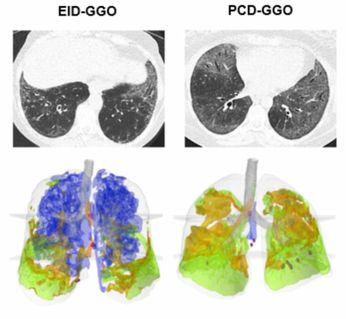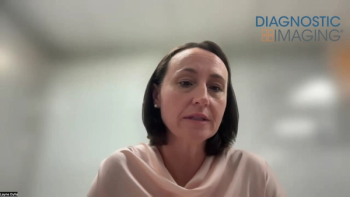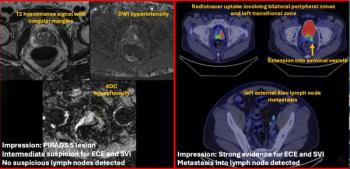Annual head computed tomography (CT) scans in emergency department (ED) settings more than doubled over a 15-year period, according to newly published research.
In a retrospective study, recently published in Neurology, researchers reviewed data from the National Hospital Ambulatory Medical Care Survey (NHAMCS) database and compared the number of ED visits involving a head CT in 2007 versus 2022.
The study authors found that in 2007, head CTs were obtained in 7,841,855 ED visits. In 2022, 15,977,551 ED encounters involved a head CT, according to the researchers. The research findings revealed a 51 percent increase in the use of head CT scans and the scans were obtained in 10.3 percent of all ED encounters in 2022.
“The use of head CT in the ED continues to expand, mirroring rising trends across other CT modalities including chest, abdomen/pelvis, and multiregion imaging,” wrote lead study author Layne Dylla, M.D., who is affiliated with the Department of Emergency Medicine at the Yale University School of Medicine in New Haven, Ct., and colleagues.
The researchers noted a variety of possible contributing factors with the increased use of head CT in ED settings. The aging of the population is a key consideration according to the authors, who found that 20.6 percent of the ED head CTs in 2022 were obtained for patients > 65 years of age.
In comparison to the Northeast, ED patients in the Midwest and southern regions of the United States were 15 percent and 31 percent more likely, respectively, to have head CT scans. The study authors suggested that expanded eligibility for acute thrombectomy procedures that require pre-op neuroimaging may be a contributing factor in these patient populations.
“This could partially explain the increased odds of receiving a head CT among patients in the South or Midwest, as the ‘stroke belt’ continues to demonstrate increased incidence of stroke and mortality from stroke compared with other parts of the United States,” added Dylla and colleagues.
Three Key Takeaways
• Head CT use in EDs continues to rise sharply. Annual head CT volumes more than doubled from 2007 to 2022 with a 51 percent overall increase and scans were performed in 10.3 percent of all ED encounters in 2022.
• An aging patient population is a major driver of increased imaging. In 2022, 20.6 percent of ED head CTs were obtained in patients over 65, highlighting the impact of demographic shifts, elevated trauma risk and a higher likelihood of multiple comorbidities being contributing factors in this cohort.
• There are significant disparities with access to imaging. Black patients, Medicaid patients, and those treated at rural hospitals were 10 percent, 18 percent, and 24 percent less likely, respectively, to receive a head CT, and underserved groups reportedly experienced longer delays even when imaging was obtained.
Despite the rise in head CT use in ED settings, the study authors found that Black patients, those on Medicaid and patients at rural hospitals were 10 percent, 18 percent and 24 percent less likely, respectively, to have a head CT.
“In these cases, the overall increased head CT use could represent increased access to neuroimaging that may still not overcome baseline health care disparities among minorities and other underserved groups. Furthermore, among those who received any imaging in the ED, patients who were female, Black, older (aged 60–70 years), or insured through Medicare or Medicaid experienced longer delays to imaging acquisition and assessment,” pointed out Dylla and colleagues.
(Editor’s note: For related content, see “Study Finds That Over 70 Percent of Emergency CT Referrals Are ‘Inadequate’,” “FDA Issues Breakthrough Device Designation for AI-Powered Multi-Triage System for Computed Tomography” and “Employing AI in Detecting Subdural Hematomas on Head CTs: An Interview with Jeremy Heit, MD, PhD.”)
In regard to study limitations, the authors acknowledged that limitations with the NHAMCS database included a lack of data on patient medical history and whether there were repeat visits by patients. They also pointed out that the database data didn’t distinguish between non-contrast head CT and CTA scans.





























